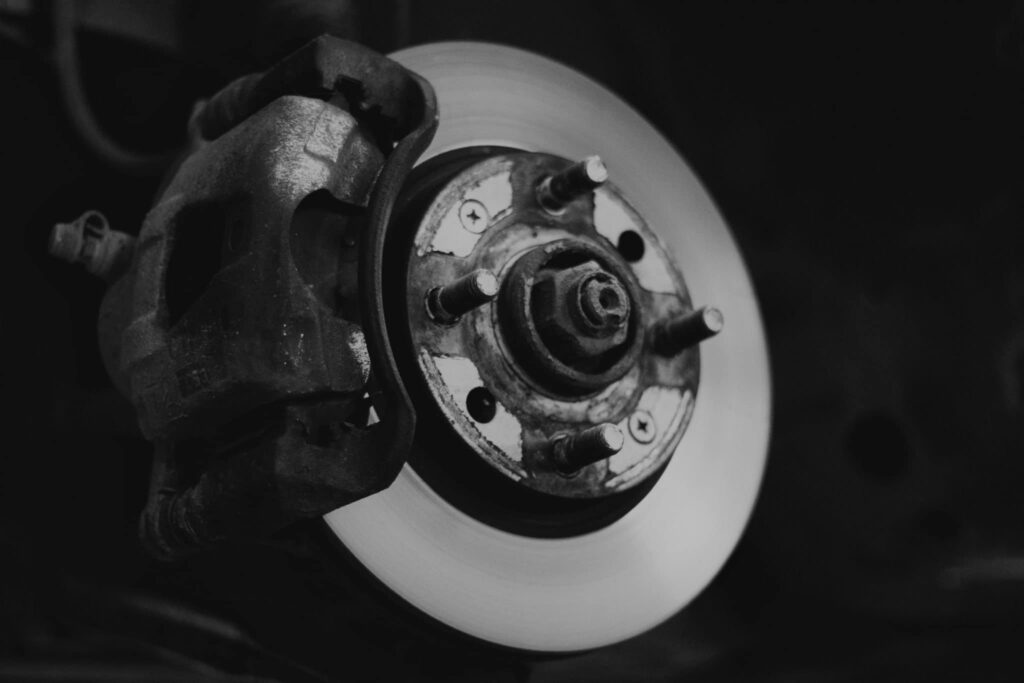You cannot enjoy an ATV ride without trustworthy brakes. That being said, brake issues are a common trouble spot, which is why it’s important to know how to repair or replace your brake lines. Brake lines can corrode inside and out, causing a lot of problems, including safety issues when you are out for a ride.
The biggest issue in dealing with ATV brake lines is working with the hydraulic system. Changing a brake pad or disc is fairly simple, but when you get into brake line repair and replacement, you’re looking at something more complex. We have a handful of tips to make your repair job easier.
Choose the Right Replacement Brake Lines
Often, people will try replacing components like pads, rotors, and drums when they are having brake issues. However, it could very well be the brake line that is the problem. Today’s ATVs usually come with inexpensive, rubber lines as the stock option from the factory.
These brake lines are not bad, but they may not be exactly what you are looking for in terms of performance. Regardless of the lines installed on your ATV, you will typically need to replace them annually.
Make sure that your brake lines are the right size for your ATV. Consult your owner’s manual for assistance if need be. You will also be able to choose different fittings and potentially even custom colors for your brake lines. The material matters, too, for instance, upgrading to stainless steel braided lines for greater durability.
Changing the Brake Lines
You will need to be prepared to collect any brake fluid coming from the system, so get those pans ready. Perform brake line replacement as swiftly as you can without cutting corners.
Usually, your ATV will have a master cylinder for the front brakes up on the handlebars and another cylinder for the rear brakes. Some have a master handlebar cylinder for both front and rear brakes. Consult your manual to understand the specific layout of your machine or find the master cylinder by tracing the brake lines from the brake caliper.
Remove the bolts holding lines in place and get your drain pans in position before loosening banjo bolts on the calipers. Once you have done that, the lines will drain via gravity. You can hasten this by removing the reservoir cover. When everything is drained, pull the old line from the reservoir and through the frame, noting how the line is routed.
Lay out your new lines. Route them through the same way the previous lines were installed. Attach to the reservoir using crush washers on each side of the line fitting to prevent leaking, and do the same on the calipers. As you attach hardware, be sure you are meeting the torque recommendations from your owners manual.
Then, fill the brake system with fluid again. Start at the reservoir and watch to make sure the reservoir does not empty.
Bleeding Your ATV Brakes
ATV brake systems are hydraulic, which means they use brake fluid to function properly. Sometimes, that fluid needs to be removed or bled to remove trapped air or to replace the fluid. When you are completing a brake line repair or replacement, chances are good that air will get into the lines. You’ll need to bleed the system.
To bleed the brakes, you will need a jack, a wheel nut tool, a hex or Phillips bit, and a wrench for the bleeder. You will also need someone to press the brake lever. Finally, you’ll need more brake fluid.
Jack the ATV up, remove the wheels for better access, and take the cap off the reservoir. Clean the cap, then top up the fluid, ensuring that it never drops below the minimum. Put the cap back on, then pump the lever or foot pedal a handful of times, keeping the lever active with a friend’s help. Open the bleeder valve, which will allow brake fluid out, watching until there are no bubbles coming out of the bleeder.
Break the Brakes in
After you have installed your new ATV brake lines, it is time to break them in. Take your ATV for a gentle, light ride, using the brakes but not too much. Let the brakes cool down regularly and keep an easy touch on them. This helps ensure everything is where it should be and should flag any remaining issues to you as the rider.
Your brake lines may have come with specific information about how to properly break your brakes in. Follow their protocol if it differs from this one. Every manufacturer knows how their products perform best.
Repair your ATVs brake lines but be patient and do so carefully. Safety is critical. And when you take the time to break your brakes in, you will enjoy greater longevity and effectiveness from your machine.
Disclaimer: While we endeavor to keep the information on our blog up to date and correct, Maxtrade (Coolster) makes no representations or warranties of any kind, express or implied about the completeness, accuracy, reliability, suitability, or availability with respect to the website or the information, products, services, or related graphics contained on the website for any purpose. Any reliance you place on such material is therefore strictly at your own risk.

